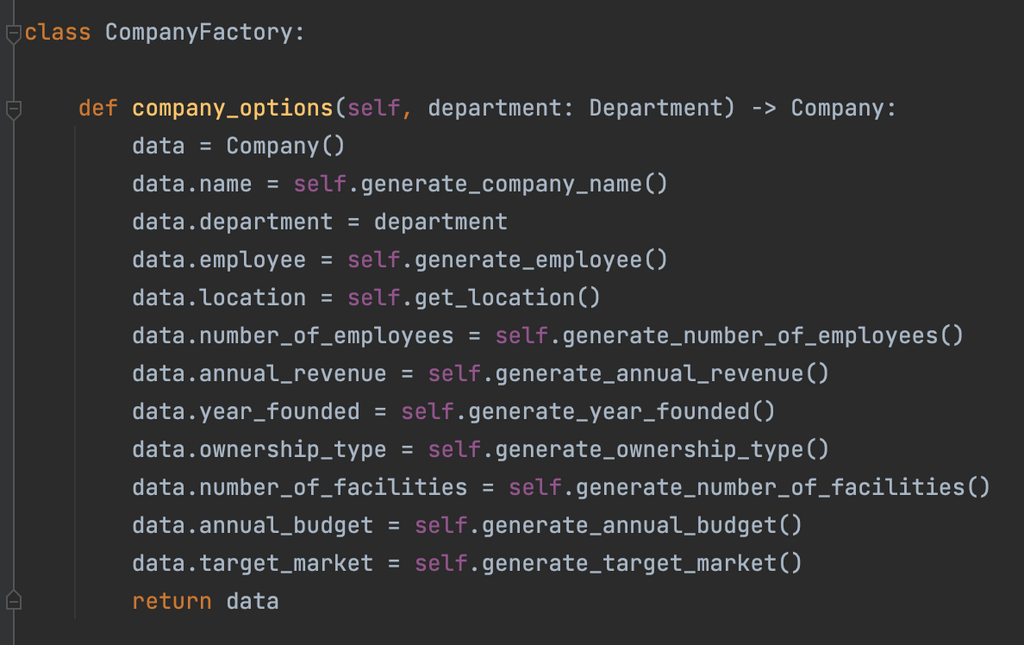My name is Yurii Serdiuk, and I work as an automation QA engineer at the P2H international company. I have been working in QA since 2019 and have progressed from manual to automation testing. In this article, I will discuss the importance of design patterns in programming, their definition, and their classification. Due to the vastness of the topic, I will focus on a few examples to illustrate the concepts.
A design pattern refers to a typical approach to solving programming problems. It is not a pre-built function or library that can be directly inserted into the code. Instead, it is a general problem-solving principle that needs to be adapted to the program’s specific needs.
Design patterns and algorithms are often mistakenly assumed to be the same but they have distinct characteristics. An algorithm refers to a specific set of instructions to perform a task, while a design pattern is a general description of a solution that can be implemented in various programming languages.
Using established solutions can save significant time and effort, as it eliminates the need to reinvent the wheel whenever a problem occurs. Standardizing solutions can help to prevent design errors and promote code uniformity. Using common pattern terminology improves communication and understanding among team members, allowing for the efficient implementation of project design.
Established solutions can save a lot of time, and while some may seem obvious, others may surprise with their effectiveness and usefulness. Utilizing standardized solutions allows you to avoid design errors, as all potential issues have been identified and resolved. This promotes code standardization and enhances comprehension of the project by all team members. Common pattern terminology enables programmers to communicate and understand each other more efficiently.


























